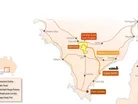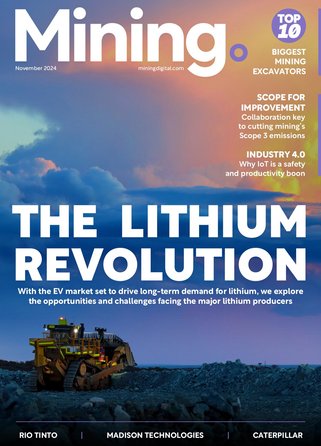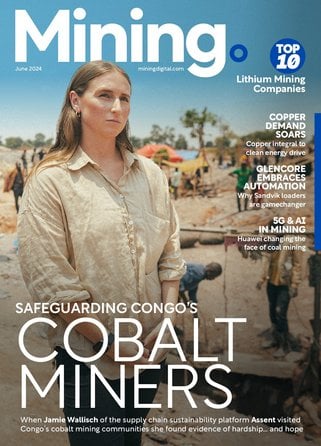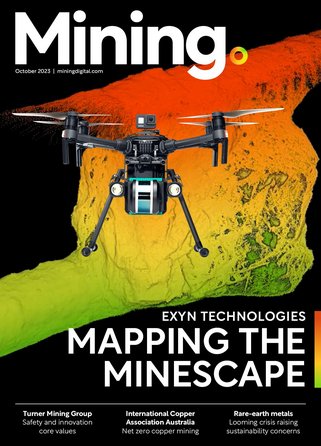$4.5 billion Central Eyre Iron Project gets governmental greenlight

A multi-billion-dollar iron ore and infrastructure project, which will be the largest magnetite mine in Australia, has been given the green light from the government.
The $4.5 billion Central Eyre Iron Project (CEIP) is a major development from the Southern Australia mining company Iron Road.
In a statement released today the company announced the approval from the State Government. The next steps for Iron Road include securing the remaining financing by December and for the Iron Road board to make a final investment decision.
And to give the project that little bit more urgency, three major Chinese banks have expressed interest to help fund it and China Railway Group has already agreed to receive 10 million tonnes of ore from the project – when its operational of course.
So, what do we know about the CEIP?
Located on the Eyre Peninsula of South Australia, the project is a collection of three iron occurrences (Warramboo, Kopi & Hambidge).
The project itself is a $4.5 billion mining and infrastructure investment will consist of a major mine, rail and port.
It is expected to bring around 2000 new jobs to the area as well.
First things first, the mine:
The mine will be the largest magnetite mine in Australia. Dubbed “the future of iron ore”, magnetite when processed into steel is used in almost all modern-day infrastructures.
There’s a handy infographic courtesy of Iron Road, that explains further | Magnetite - the future of Iron Ore |
More than 21.5 million tonnes per annum of high grade, low impurity iron concentrate.
Current mine life of 25+ years, with growth expected to take that well beyond 30 years.
Mineral resources at the site are 4.5 billion tonnes and ore reserves of 3.7 billion tonnes.
Port infrastructure able to accommodate Capesize vessels.
The rail network:
The project will see the construction of 148 kilometres of heavy-haul railway, with an initial 25 tonne axle load capacity.
This network will see around 11,00 0 tonnes of iron concentrate from mine to port, per train.
There will be a further option to connect the new rail network to the national rail network.
The rail network will also contain a power and water supply infrastructure.
And the port side:
There will be an initial shiploader capacity of 20 million tonnes per annum.
For a more efficient turnaround, there will be two births and a single shiploader.
And the most impressive feat for the rest of Australia, 1,100 hectares of gulf front land have been secured to support third party facilities and potential expansion.
- Focus on: Nickel, a key metal in the EV revolutionSupply Chain & Operations
- Why Nickel Price Slump has hit BHP so HardSupply Chain & Operations
- The Battle for Control of Rare Earth Minerals Supply ChainSupply Chain & Operations
- Australia Looks to Loosen China's Grip on Critical MineralsSupply Chain & Operations



